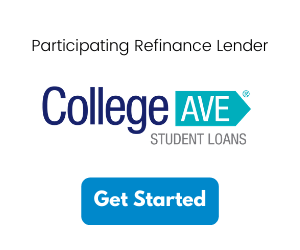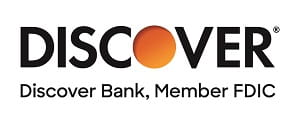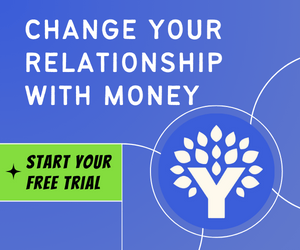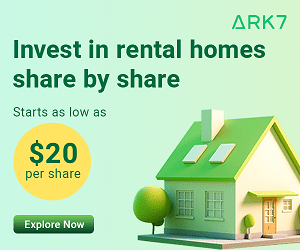What Are Emergency Student Loans?
Emergency student loans are available to prevent education interruptions. The circumstances for seeking these loans vary, but according to a NASPA study, 70% of schools have emergency aid programs. These programs offer urgent, short-term assistance, ensuring students can stay in school during unforeseen financial hardship.
Common causes for emergency student loans include:
- Death in the family
- Loss of a job/reduction in expected income
- Natural disasters such as hurricanes and tornados
- Loss of funds allocated for college expenses
- Underestimating college costs
- Pandemic
- Emergency student loans are available to college students to help avoid interruptions to their education.
- Emergency loans are available as long as they don’t exceed your cost of attendance minus other financial aid received.
- Emergency student loan amounts typically small (less than $1,000) and may have short repayment period of 30-90 days.
- To qualify you generally need a credit score of 680 or above or a creditworthy cosigner.
How to Get an Emergency Student Loan
If you’re looking to handle your financial emergency with a private student loan, after discussing options with your school, it’s time to look for a lender. We make it easy to find a lender. Simply enter your school in the box below to see if any of our partner lenders work with your college.
You may apply for private student loans at any time throughout the year. You will need to qualify for the private student loan, which generally means having a credit score of at least 680, a good debt-to-income ratio, and at least two years of employment history (or apply with a creditworthy cosigner). Funds will be certified by your school (to make sure you don’t exceed you cost of attendance minus other financial aid received) and then disbursed directly to your school. If you have an outstanding balance with your school your loan will be applied to those charges first, and then refund the remaining amount to you.
Emergency Student Loans Programs
When you’re in need of an emergency student loan, you need money fast. If you find yourself in a situation where you do not have enough money to pay for college related expenses, the first thing you should do is contact your school’s financial aid office. They are there to assist you. Sources of emergency aid include:
- Your college or univeristy
- Non-profit and educational organizations
- The state in which you attend college
- Federal aid program, including emergency funds made available due to national emergencies
- Private student loans
Types of Aid You May Receive
There are several types of aid your financial aid office may be able to assist you with. Let’s review the most common.
Non-Financial Assistance
Non-financial assistance may come in the form of vouchers. Colleges may offer aid through textbook vouchers for students who are struggling to afford their textbooks, or with food vouchers for local food pantries to help ensure students struggling to make ends meet are not food insecure.
Emergency Grants
Most grants are need-based, such as the Federal Pell Grant. There are also emergency grants available for students affected by COVID-19. If you’ve been affected by COVID-19, talk to your financial aid office about possible grant funds that may be available for you. Your school may also have affiliations with individuals and non-profits that fund emergency grants for your school.
More>>> College Planning in a COVID-19 World
If you are unable to find emergency grants through your school, it may be worth looking to outside organizations. For example, UNCF offers a variety of emergency aid available to students at member institutions to ensure low-income students can continue their studies uninterrupted.
Emergency Student Loans from Your School
Most public universities have an emergency student loan program in place. The qualification, application and repayment requirements will differ from school to school and are determined by the college. Here are some things you will want to ask about your college’s emergency student loan program.
What is the Borrowing Limit?
Emergency student loans are typically awarded in small amounts (think $1,000 and under, though this can vary by university). These loans are not meant to cover large expenses, but rather smaller financial emergencies that pop up which could prevent a student from continuing with their education.
What is the Repayment Period?
The repayment period will be determined by your school, but it is typically a relatively short period of time, such as 30 to 90 days. If you receive an emergency student loan from your school, they will provide you with the repayment terms.
Learn more about Student Loan Repayment Options
What is the Interest Rate?
Some emergency loans are interest free, meaning you will only need to pay back the amount you borrowed and no interest will accrue on the loan. Other loans may charge an interest, but this rate is typically low. There may also be a small service charge to process the loan.
Emergency Federal Student Loans
Federal student loans may also be available to you in an emergency situation. If you did not accept all of the federal student loans you qualified for, contact your financial aid office.
Emergency Direct Loans
If you did not accept all of the subsidized and/or unsubsidized student loan funds available to you through the Direct Student Loan program your financial aid office may be able to release these additional funds to cover your expenses.
Emergency PLUS Loans
If you have maxed out your subsidized and unsubsidized loans through the federal Direct Loan Program, and you still need assistance you may look at applying for a PLUS loan. These loans are available to graduate and professional students as well as parents of dependent undergraduate students who wish to help their children pay for school.
Emergency Student Loans Without a Cosigner
If you haven’t borrowed up to your annual maximum limit you can ask if you have additional eligibility for the rest of the annual limit. Undergraduate student loans such as Direct Subsidized and Direct Unsubsidized Loans do not require a cosigner.
Emergency Private Student Loans
Another option for emergency aid is to apply for a private student loan. Private student loans come with either a fixed or variable interest rate and flexible repayment terms. If you qualify for a private student loan, the funds will be disbursed directly to your school. Roughly 90% of undergraduate students will require a cosigner in order to borrow a private student loan.
Apply with a Creditworthy Cosigner
If you decide that a private student loan in the right course of action for you, you will likely need a creditworthy cosigner. A creditworthy cosigner is another adult that will be equally responsible for your loan should you be unable to pay. Many students use a parent or other family member as a cosigner, but it can be any trusted adult that meets the following criteria:
- Stable employment with at least two years of employment history
- No recent bankruptcies
- The minimum credit score required by the lender
- Acceptable debt-to-income ratio
To learn more about cosigners, check out 5 Things to Consider Before Seeking a Cosigner.
Keep Reading
Best Private Student Loans for April 2024
How to Pay for College Without Financial Aid
Writing and Proofreading Scholarship Essays













